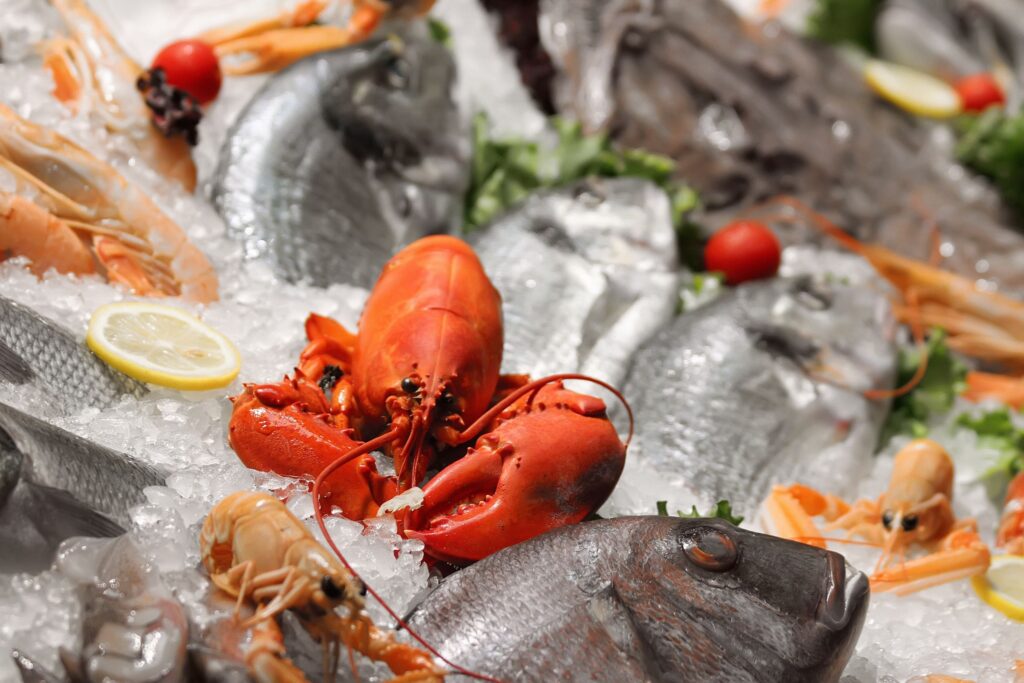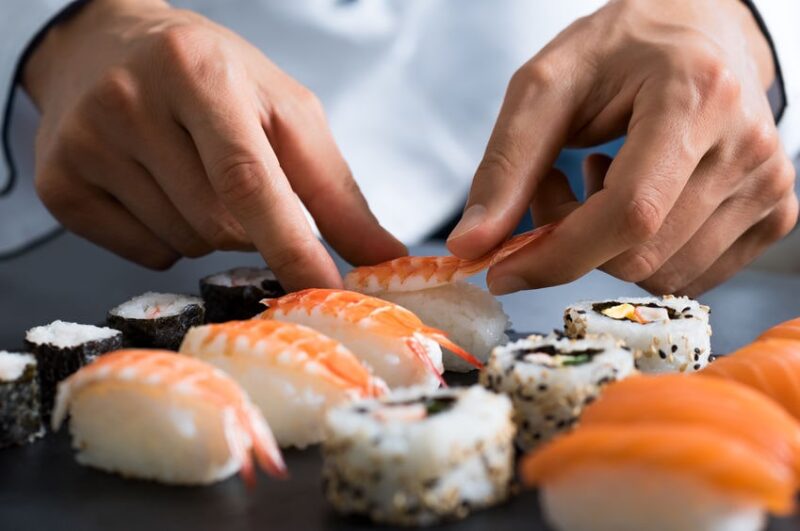Seafood contains more bacteria and viruses than any other food we consume. Some seafood is inherently riskier, owing to many factors, including their environments, how they feed, the season in which they are harvested, and how they are prepared and served.
As such, ozonated water is a great and effective sanitation treatment for use within the seafood industry. Seafood processing companies tend to use chlorine when sanitizing their seafood products. However, chlorine leaves a chemical residue that can be just as harmful as the bacteria it kills, and it also affects the flavor of the seafood.
Over the years, alternative methods of sanitation such as ozonated water have been introduced. Studies show that ozone sanitation is becoming the preferred disinfection method for the seafood industry in comparison to chlorine.
Ozone is a strong oxidant that acts as a natural sanitizer. Sanitization using ozone removes the need for dangerous chemical disinfectants, and is an environmentally friendly alternative to traditional chemical sanitization products. Ozone acts 3000 times faster than chlorine, and is 50 times more effective. After the sanitization process ozone simply reforms into oxygen molecules, without emitting any harmful by-products.
Ozone sanitation is the most effective method of removing bacteria from seafood. Because of its strong oxidation properties, ozonated water penetrates into the cellular membrane of bacteria and kills them. This invasion of the oxygen molecule destroys viruses and bacteria from the inside, making ozone the strongest disinfectant available.
Not only is ozone effective at killing bacteria and viruses, but it also helps in growing fish (aquaculture). Aside from this, ozonated water is useful in many seafood processing procedures.
Benefits of Ozone Sanitation in Seafood Processing
Ozonated water has three active molecules of oxygen. The industry uses this extra molecule as an invaluable tool. Here are some of the ways through which ozone sanitation can help the seafood industry.
Ozonated Water in Aquaculture
As the population of the world increases, so do our consumption needs. There are 7.8 billion people in the world today, and the population is projected to increase by up to 9.9 billion by 2050. This increase in population could mean that fish farming is now the predominant revenue stream for the seafood industry.
Fish farming may be expensive, as ponds and water pools have to be sanitized — a reason why the growth of the aquaculture industry has slowed. However, this cost can be minimized with the use of electrolytic ozone generators. Ozone purifies water, meaning it can be added into pools and ponds to kill bacteria and viruses. Ozonated water also helps in the rapid growth of fish, therefore increasing the overall production of fish.

Transporting Live Seafood
Fish is often transported from a port to a processing station, and finally to a restaurant or supermarket. It can spoil during long distances. This spoiled seafood can easily spoil the whole batch by contaminating the water where it’s stored. Ozonated water can be used in the transportation of fish in order to reduce the chance of infection to consumers. This also helps to eliminate viruses and bacteria and freshens up the new water into which the seafood is stored.
Ozone for Sushi Restaurants
If you are a fan of seafood, you may be familiar with its pungent odor. Seafood restaurants are subject to strong malodor that can be harmful to the lungs and body. This is because malodor contains disease-causing bacteria. Ozone sanitation can therefore help sushi restaurants run a bacteria-free business.
Ozone Removes Malodor
Malodor is a persistent smell that comes from anaerobic bacteria and cannot be masked while the source is alive. There are different kinds of malodors, however, most of these are found in seafood. If you are able to smell them at sushi restaurants then the fish has usually gone bad. Ozonated water does not mask this unpleasant odor. Instead, ozone sanitation completely eradicates the smell by attacking its source.
Sanitizing Equipment with Ozonated Water
Cutlery at sushi restaurants can sometimes be contaminated because of the malodor present in the air. The viruses and bacteria present in malodor travel to all parts of the sushi restaurant, infecting other areas and equipment. Using ozone water for cleaning cutlery and equipment at sushi restaurants can minimize the risk of infection. Ozone sanitation removes harmful bacteria from surfaces. Using it to sanitize all equipment and cutlery within a sushi restaurant greatly removes the chances of customers falling ill from bacteria that may grow after contact with seafood.
The Bottom Line
Ozonated water has remarkable oxidation properties that break bacteria and viruses from within. This makes ozone sanitation the best treatment for sushi restaurants because of the diverse bacteria that grow on seafood. Moreover, ozone sanitation has malodor-removing properties that eliminate unpleasant odors from the source. Sushi restaurants have a responsibility to ensure their customers are eating seafood that’s safe to eat. Using ozonated water to sanitize sushi restaurant kitchens creates a healthy workplace environment, thus providing a high level of food safety for customers. This is why ozone sanitation is the preferred sanitation method for sushi restaurants and the seafood industry. To learn more about electrolytic ozone generators, visit our website.


